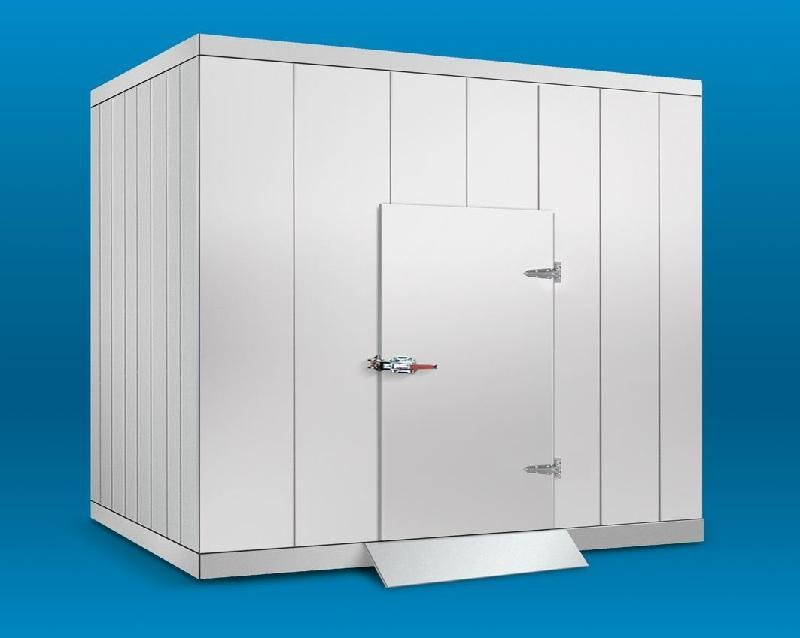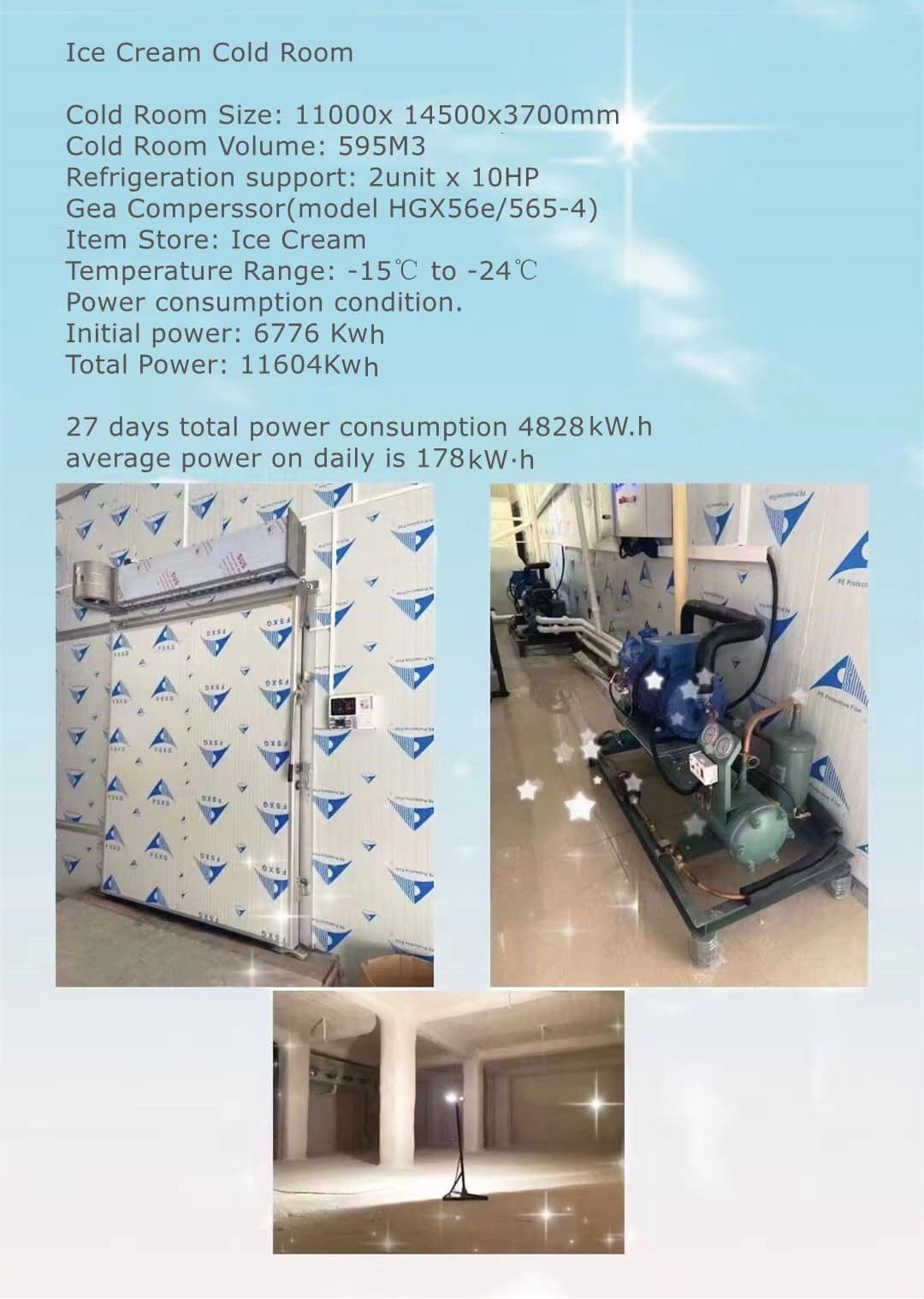1. Reasons for the liquid shock of refrigeration compressors in cold storage
The liquid refrigerant and/or lubricating oil damages the suction valve piece when the gas is sucked into the compressor cylinder and does not quickly discharge during the exhaust process after entering the cylinder, and the instantaneous high hydraulic pressure caused by the compression when the piston approaches top dead centre. The phenomenon is often called liquid strike. Liquid shock can cause damage to compression force parts (such as valve discs, pistons, connecting rods, crankshafts, piston pins, etc.) in a short time, and is a fatal killer of reciprocating compressors. Reducing or avoiding liquid entering the cylinder can prevent the occurrence of the liquid blow, so the liquid blow can be avoided.
Generally, the liquid hammer phenomenon can be divided into two parts or processes. First, when more liquid refrigerant, lubricating oil or the mixture of the two enter the compressor cylinder at a high speed with the inspiration, the shock and incompressibility of the liquid will cause excessive bending or fracture of the suction valve disc. Secondly, when the liquid not evaporated and discharged in time in the cylinder is compressed, the huge pressure appears in an instant and causes the deformation and damage of the bearing parts. These force-bearing parts include intake and exhaust valve plates, valve plates, valve plate gaskets, pistons (top), piston pins, connecting rods, crankshafts, bearing bushes, etc.

2. Refrigeration compressor liquid blowout process and phenomenon
(1) Broken suction valve
A compressor is a machine that compresses the gas. Generally, the piston compresses gas 1450 times per minute (half-sealed compressor) or 2900 times (full-sealed compressor), that is, the time to complete the suction or exhaust process is 0.02 seconds or even shorter. The size of the suction and exhaust aperture on the valve plate and the elasticity and strength of the suction and exhaust valve are designed according to the gas flow. From the perspective of the force of the valve disc, the impact force generated when the gas flows are relatively uniform.
The density of the liquid is dozens or even hundreds of times that of the gas, so the momentum when the liquid flows is much larger than that of the gas, and the impact force generated is also much larger. The flow when more droplets are mixed into the cylinder in the suction is a two-phase flow. The impact of the two-phase flow on the suction valve sheet is not only strong and high in frequency, just like the typhoon striking the glass window with pebbles, but its destructiveness is also self-evident. Inhalation valve disc fracture is a typical characteristic and process of the liquid blow.
The above information is provided by China Cold Storage Factory.
 build a 600M3 cold room to store ice cream
build a 600M3 cold room to store ice cream
 Turnkey refrigeration system container blast free...
Turnkey refrigeration system container blast free...